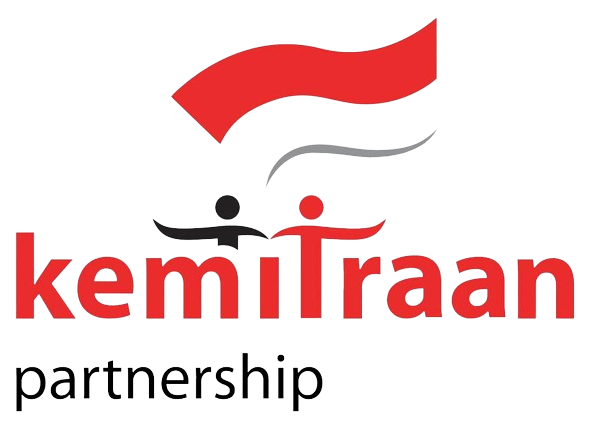Indigenous peoples in the midst of climate change challenges experience complex problems. Indigenous peoples have a way of life that is highly dependent on nature and the surrounding environment. They have traditional knowledge that has been passed down from generation to generation about how to interact with nature. However, increasingly intensive climate change has threatened the sustainability of their lives. Climate change not only affects indigenous peoples in terms of food, but also social issues such as sexual violence and access to public services.
Given this situation, community strengthening is important to prepare them to adapt to new conditions. The adaptation process within the scope of indigenous communities needs to use a local cultural approach by integrating traditional knowledge, local practices, and cultural values. A local cultural-based approach is often the main foundation in their adaptation efforts.
"In an uncertain cultural transition, we need to prepare the community to be ready for shocks. We believe that through culture, it becomes a medium that has a prognostic nature and is able to guess to reduce risk/mitigate so that society will be 'ready for shocks' by identifying and understanding the changes in life around them," said Professor Laksono, PT. TERAWANG with the Community.
Prof. Laksono's explanation stated that the community must be prepared to be able to face the changes that occur through an approach to cultural values believed in by the local indigenous community. So in other words, the solutions and action plans that will be carried out in this adaptation process, come from the community itself. KEMITRAAN in collaboration with PT. TERAWANG Bersama Komunitas developed a toolkit called SIKAT. SIKAT is a toolkit that helps overcome social problems according to the local context. SIKAT was developed to analyze and formulate solutions related to natural, social, economic and cultural problems.
In developing this toolkit, a team from PT. TERAWANG conducted an assessment from July to August in a number of Estungkara program areas, namely the Dayak Ngaju indigenous community in Central Kalimantan, the Maros indigenous community in South Sulawesi, and the Cina Benteng community in Banten Province.
"SIKAT itself is a toolkit that contains a number of analysis methods through games, namely quartet cards, snakes and ladders, season calendars, and in the final session of the game, participants will prepare an independent action plan from the results of the discussion analysis during the game," explained Professor Laksono during the SIKAT ToT for community mentors of the Estungkara program.
SIKAT was developed as a tool to help communities analyze problems (crises) and formulate real action plans from the community itself. To implement this toolkit, in December a ToT was held for community facilitators so that they could help facilitators when they later use this toolkit in the community.
“The quartet cards contain information to explore and analyze natural, economic, and socio-cultural conditions, while the snakes and ladders help to analyze the ebb and flow and community learning to overcome problems that occur,” added Professor Laksono.
"This is very interesting, because it is easier to help the mentoring process, even though it is in the form of a game, but it can help dig up information from the community regarding problems in the community," said Erick, a mentor for the Marapu community in East Sumba.
The same thing was also conveyed by Chien Fie from the Benteng Chinese community. He shared his experience when using the SIKAT toolkit. According to him BRUSH toolkit very interesting, especially since this is his first experience using the mentoring method through games. With the help of SIKAT, he can discuss while playing so that it will be very easy to dig up information from the community regarding the problems and solutions. And for Suriadi from Bara indigenous people, Maros Regency, SIKAT is very helpful when discussing with the community while discussing village issues.
"For the snakes and ladders game, it can help find out how to solve problems in the village. Like how to prevent disasters due to environmental damage," said Suriadi.
Community assistance is one of the main keys to implementing a program, especially in the context of social, economic, or environmental development.
"The core of the Estungkara program is community assistance, so it is important to support program assistants in interacting with the community. The SIKAT toolkit is a medium for interaction with the community, in exploring solutions to emerging challenges. So it is hoped that these solutions will come from communities that are more familiar with the root of the problem," said Yasir Sani, Program Manager of KEMITRAAN.
Because community assistance can increase active participation of community members, and help the community in the process of adapting to change. More than that, it also helps identify problems and formulate solutions together with the community.


